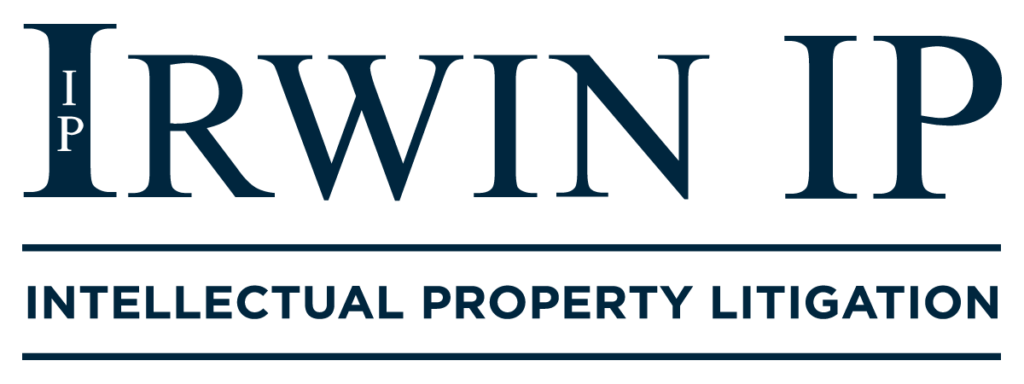A simple and easy way to hook online consumers is by acquiring a domain name that spells out exactly what that consumer is looking for—i.e., you search “hotels” and the one of the top unpaid search results will be “hotels.com.” However, pursuing this strategy generates risk for a company’s intellectual property portfolio. If a company uses a descriptive or generic word as its domain name, then it jeopardizes its chances of protecting that aspect of its brand due to potential rejection by the United States Patent and Trademark office, leaving itself vulnerable to slavish copying that it will not be able to prevent. At least, that was the case before Booking.com.1
Classification of trademark distinctiveness is based on a scale known as the Abercrombie spectrum.2 The more distinctive a mark is, the stronger that mark is, because consumers are more likely to associate the trademark with the source of the goods or services with which it is being used. In order of weakest to strongest, the categories of distinctiveness are (1) generic, (2) descriptive, (3) suggestive, and (4) arbitrary or fanciful. A generic term can never be distinctive, and thus can never serve as a trademark, because consumers do not associate the generic term with a particular source. For example, if a fruit company attempted to trademark the word “apple” for its bagged apples, it would be rejected, because consumers would not associate the word “apple” with the company, but rather with the category of item being sold. A descriptive term may or may not be distinctive, depending on whether that term has acquired a secondary meaning in the minds of consumers, meaning that consumers associate the term with the source of the goods. As the name suggests, a descriptive term describes the associated goods or services. For example, IBM (International Business Machines) is descriptive—it describes what the company does and what its products are—but IBM clearly has acquired distinctiveness in the minds of consumers, because consumers think of IBM as the source of its products, and not just as a descriptor of the products themselves.
In Booking.com, Booking argued that its domain name was descriptive with acquired distinctiveness, while the USPTO maintained that it was generic, which meant that “Booking.com” was not eligible for trademark protection. Booking filed four trademark applications for “Booking.com,” both as a word mark and with stylized versions of the mark, for services including online hotel reservations services. The USPTO rejected the applications, finding that the marks were generic as to those services, or in the alternative that they were merely descriptive without acquired distinctiveness. The Trademark Trial and Appeal Board affirmed the USPTO’s refusals, agreeing that the composite “Booking.com” would be generic to consumers for the services offered or, in the alternative, merely descriptive.
Booking appealed to the Eastern District of Virginia, arguing that “Booking.com” had either acquired distinctiveness or was a suggestive mark. It submitted evidence in the form of a survey that 74.8% of consumers recognized “Booking.com” as a brand name. The district court found that while “booking” alone was a generic term, “Booking.com” as a whole was a descriptive mark, and Booking adequately demonstrated that the mark had acquired distinctiveness. The USPTO appealed based on that determination of protectability, and Booking appealed because it was ordered to pay the USPTO’s expenses.
The Fourth Circuit stated its three-factor test to determine whether a term is generic: (1) identify the class of product or service to which use of the mark is relevant; (2) identify the relevant consuming public; and (3) determine whether the primary significance of the mark to the relevant public is as an indication of the nature of the class of the product or services to which the mark relates, which suggests that it is generic, or an indication of the source or brand, which suggests that it is not generic.3 In evaluating these factors, the Fourth Circuit determined that the dispute centered on the third step, the public’s understanding of the term “Booking.com” as a whole. Ultimately, the Fourth Circuit concluded that the district court did not err in finding that the USPTO failed to prove that the public understood “Booking.com,” as a whole, to refer to general online hotel services rather than Booking, the company. In doing so, it rejected the USPTO’s contention that adding a top-level domain like “.com” to a generic second-level domain like “booking” can never yield a non-generic mark.
Thus, if the public understands a domain name to refer the company or source, rather than the services being offered, it may be possible to register marks that are borderline between generic and descriptive, as long as the trademark owner has evidence that consumers associate the entire mark with the source and brand name rather than general goods or services. In other words, the compound nature of a term can help trademark owners over the hill of a genericness inquiry by the USPTO, because it is more likely for the public to understand the term, as a whole, to refer to the source of the good or service when the “.com” is part of the mark. Businesses with borderline marks should book those domain names while they can—it may not be a guaranteed success, but it enhances the ability of the mark owner to protect its brand from potential infringers, which is vital in the internet age of effortless domain name purchasing and even easier copying.
